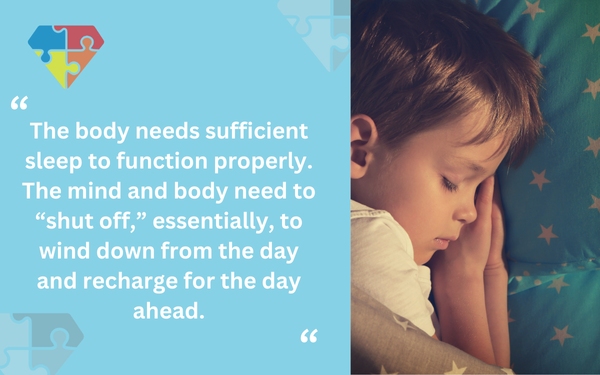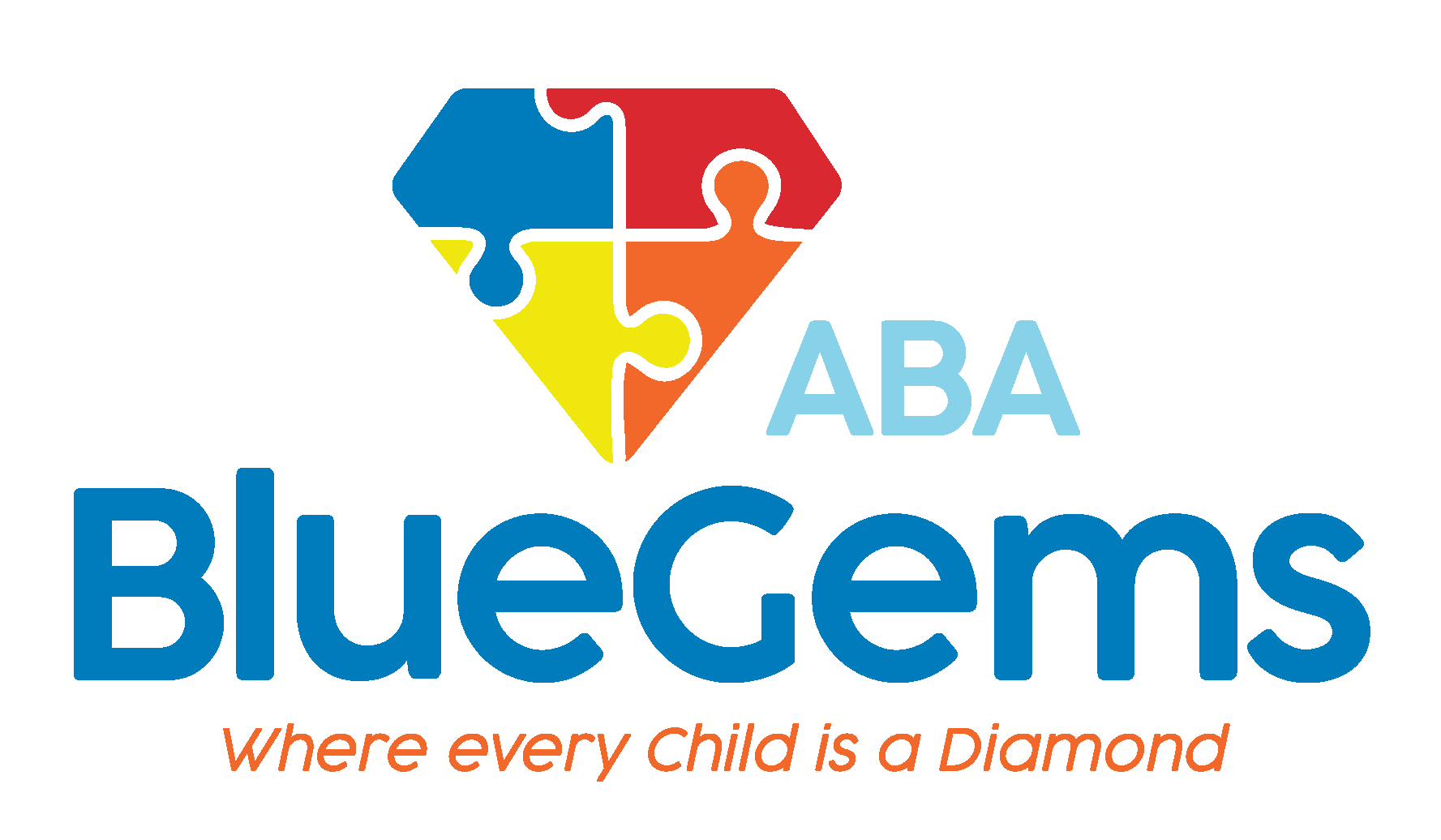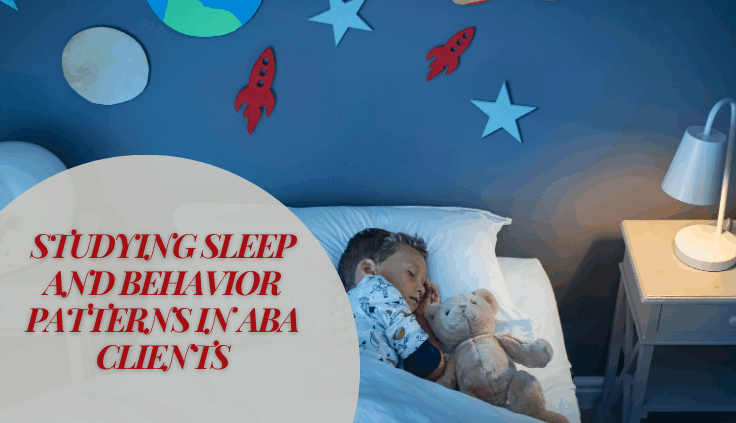Studying Sleep and Behavior Patterns in ABA Clients
People with autism spectrum disorder (ASD) face many common challenges such as sensory sensitivities, restrictive interests, repetitive behaviors, and deficits with communication and social interaction. They also commonly suffer from other disorders and challenges, at rates much higher than their neurotypical peers.
Many children with autism have sleep problems, whether that be minor interruptions in their sleep patterns to more major health conditions such as sleep apnea. Each child on the autism s spectrum is unique, of course, and the co-occurring conditions they suffer from are unique as well.
By studying sleep and behavior patterns of individuals with ASD, targeted intervention plans such as applied behavior analysis (ABA therapy) can be crafted to help support them.
Below, we’ll discuss studying sleep and behavior patterns in ABA clients.
Table Of Contents
What Are Some of the Reasons Children with ASD Have Sleep Troubles?
As mentioned, there are multiple factors that can affect whether a child with autism has sleep troubles.
Many common reasons directly relate to their symptoms of autism. For instance, children with ASD may experience sensory sensitivities that impact their ability to
fall asleep and/or stay asleep.
Sensory inputs such as light, temperature, texture and/or noise are all present during sleep. If the setting and environment isn’t just perfect for them, they could
experience sleep troubles.
They might even experience sensory overload or become overwhelmed and/or anxious because of these sensitivities. Throughout the day, these same feelings could build up and stay with them, hampering their ability to sleep well.
Some research has suggested that children with autism also experience disruptions in their circadian rhythm, which can result in irregular cycles of being asleep and being awake. They also might have lower melatonin levels, which could disrupt their body’s ability to regulate sleep cycles.
Other co-occurring medication conditions such as sleep apnea, acid reflux and epilepsy could all also play a role in their sleep patterns.
What’s the Connection Between Sleep and Behavior?
The body needs sufficient sleep to function properly. The mind and body need to “shut off,” essentially, to wind down from the day and recharge for the day ahead. Plenty of research has discovered that better sleep not only improves physical health, but also directly results in improved social interactions, learning and cognitive function. Getting enough sleep is crucial in helping people have lower levels of irritability and aggression — two things that children with autism may already struggle with.

Lack of sleep could accentuate negative and/or harmful behaviors, which is a particular challenge for children on the autism spectrum. This is why helping a child with ASD sleep better is essential to their overall health and wellbeing.
How Can ABA Therapy Provide Support for Better Sleeping?
ABA therapy relies on data and evidence to make informed decisions. In regard to sleep and behavior, this requires therapy teams to conduct Functional Behavior Assessments, or FBAs, which will identify some of the functions and triggers of the behaviors that are interrupting a child’s sleep.
Once these triggers and underlying causes are identified, proper interventions can be designed to target those behaviors for improvement.
A lot of this will require the direct input and participation of parents, caregivers and others who are involved in the child’s bedtime routine. It could include adjustments to the child’s environment to block out light with specialty curtains or creating a calming place to sleep through the use of a noise machine.
The plan will also likely include a distinct nighttime routine that leads up to bedtime. It may start even a few hours before it’s time to sleep so the child can wind down, relieve themselves of the stress, anxiety and feelings of being overwhelmed they might have experienced throughout the day.
As different aspects of the routine are introduced to the child, ABA therapists will use techniques such as prompting and fading, and integrate positive reinforcement to reward the child for successful attempts, while also keeping them engaged and motivated.
Along the way, therapists will collect data — with the help of parents as well — to analyze the success of the interventions. Then, the treatment plan can be adjusted if necessary to produce the best results for the child, which in this sense is a consistently good night’s sleep.
| Factor | Description | Impact on Sleep |
|---|---|---|
| Sensory Sensitivities | Sensitivity to light, noise, texture, and temperature; if the environment isn’t just right, falling or staying asleep can be hard. | Difficulty falling asleep and/or staying asleep. |
| Sensory Overload / Anxiety | Overstimulation during the day can carry into bedtime, making it tough to wind down. | Trouble relaxing; longer sleep onset; possible night wakings. |
| Circadian Rhythm Disruptions | Some individuals with ASD experience irregular sleep–wake cycles. | Inconsistent or fragmented sleep patterns. |
| Lower Melatonin Levels | Research suggests melatonin differences may affect sleep regulation for some children with autism. | Difficulty initiating and maintaining sleep. |
| Co-occurring Medical Conditions | Conditions such as sleep apnea, acid reflux, and epilepsy may disrupt sleep. | Nighttime awakenings and overall poorer sleep quality. |
Blue Gems ABA Helps Children with ASD Improve Sleep Patterns
Sleep is so critical to essential daily functioning, not just for children with ASD but for everyone. Since children with autism face so many additional challenges to regular sleep, though, they often need targeted interventions to help them get the sleep their bodies need.
At Blue Gems ABA, we support all of our patients in whatever ways they need. We understand that every child with autism is different and may need different levels and types of support.
That’s why we craft all of our ABA therapy plans on a personalized basis, tailoring them to the unique strengths, challenges and preferences of each individual child.
To learn more, please contact us today.




